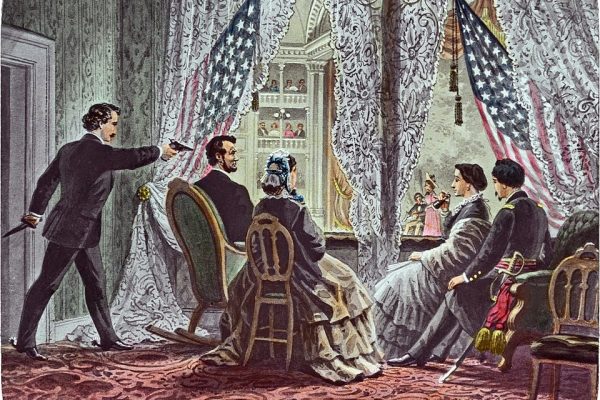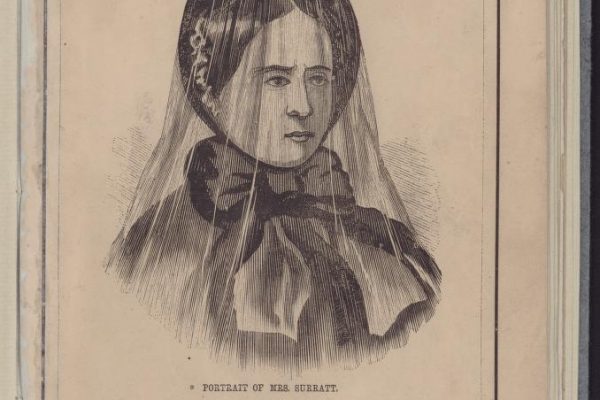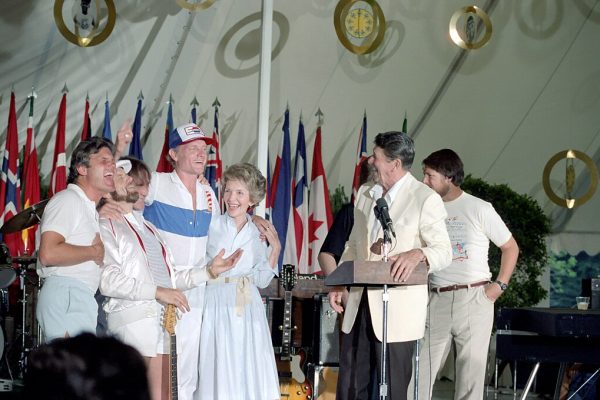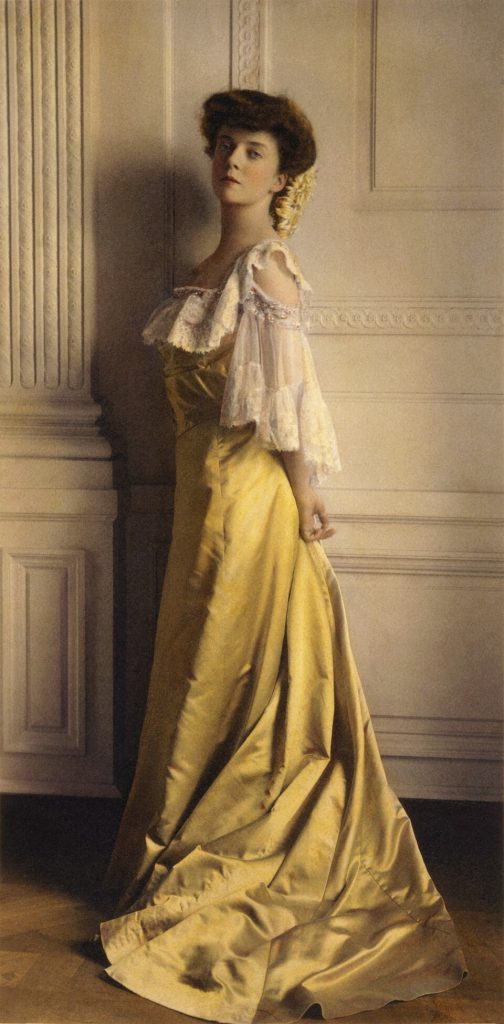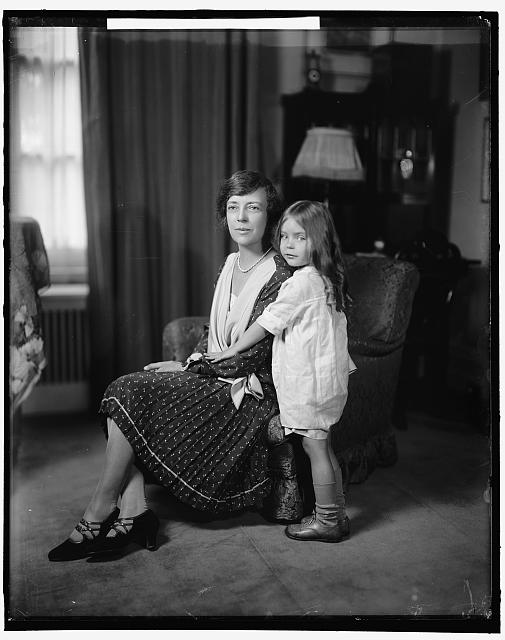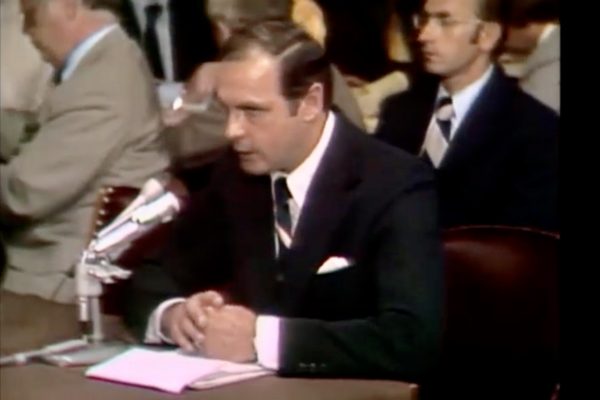
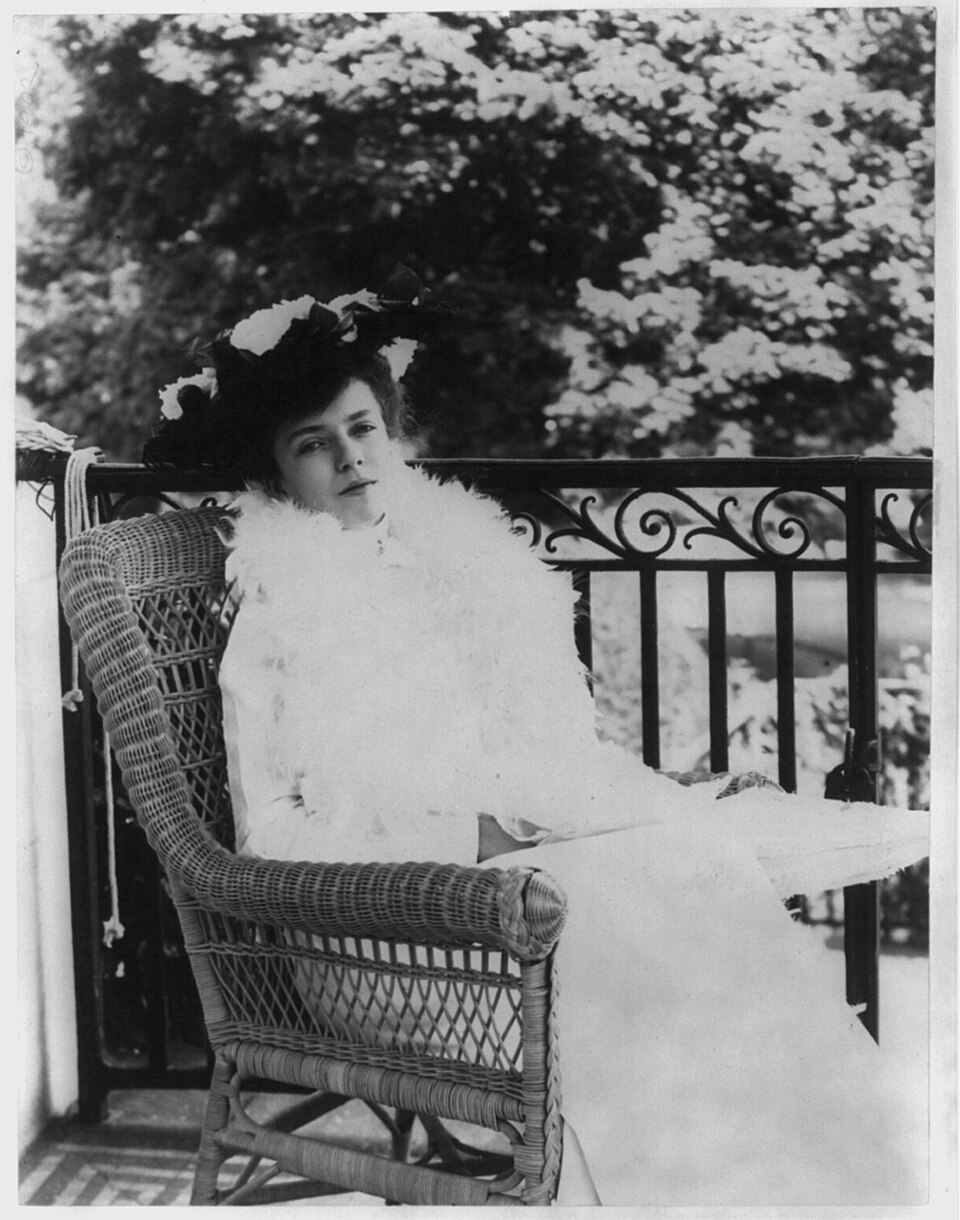
Alice Roosevelt: America’s First Celebrity First Daughter
Before there was Ivanka Trump, Amy Carter and Margaret Truman, America’s most famous presidential daughter was Alice Roosevelt.
Alice Lee Roosevelt Longworth defied every expectation of what a presidential daughter should be. For nearly eight decades, she scandalized and entertained the nation’s capital, evolving from a rebellious teenager who smoked on the White House roof into Washington’s most influential social power broker.
White House Wild Child
Born in 1884, Alice faced tragedy from her first days. Her mother died within 48 hours of giving birth, leaving the infant to be raised by relatives until Theodore remarried in 1886.
When Roosevelt assumed the presidency in September 1901, Alice instantly became the most watched teenager in America. At just 17, she wielded her newfound celebrity with gleeful abandon.
The press documented her every move as she redefined presidential family behavior. Alice raced automobiles through Washington streets, gambled at poker games, and wore pants in public. Most memorably, she kept Emily Spinach, a pet boa constrictor, which she often draped around her neck like jewelry. Her antics included smoking cigarettes openly on the White House roof.
Theodore Roosevelt said, “I can do one of two things. I can be President of the United States or I can control Alice Roosevelt. I cannot possibly do both.”
Washington’s Ultimate Power Couple
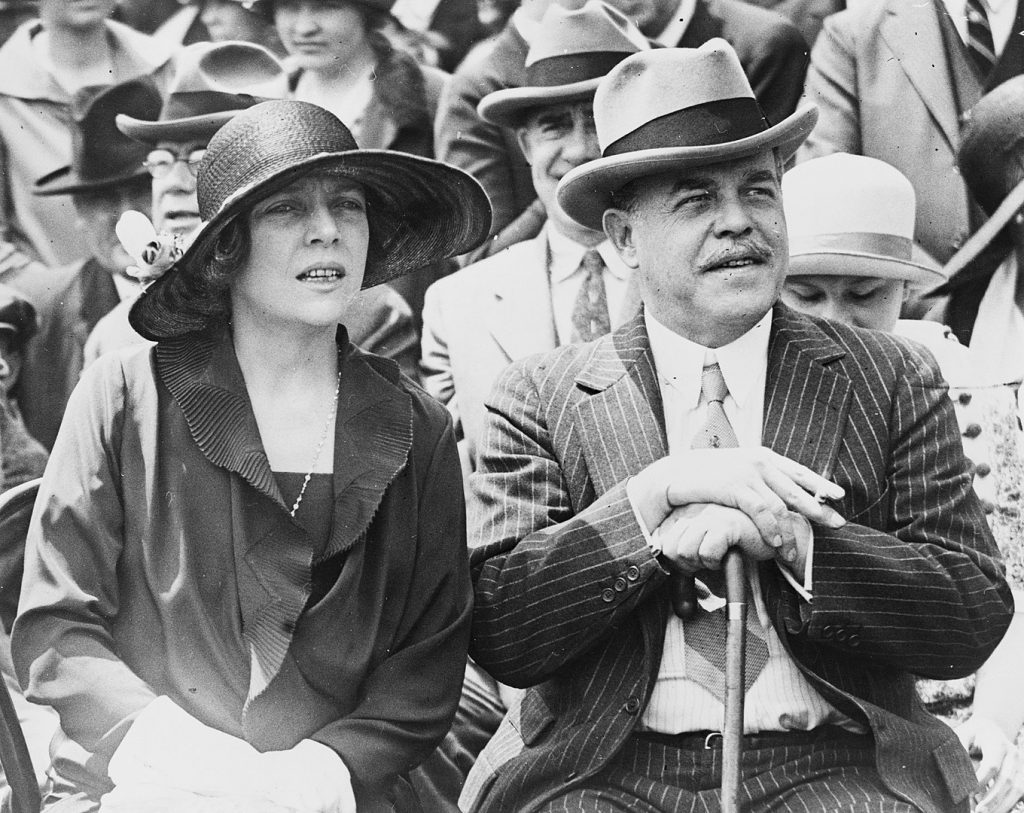
At 22, Alice married Nicholas Longworth, a Republican congressman from Ohio who would later become Speaker of the House. Their 1906 White House wedding attracted more than a thousand guests and dominated society coverage nationwide.
True to form, Alice refused conventional wedding traditions. When the ceremonial knife proved inadequate, she commandeered a military sword to cut her wedding cake. Their home became an essential stop for Republican power brokers during Nicholas’s tenure as House Speaker from 1925 to 1931.
However, their marriage faced severe political strains. The 1912 presidential election created an impossible situation: Alice campaigned for her father’s Progressive Party while Nicholas ran for reelection as a Republican. Their public political opposition created permanent damage to their relationship.
Both spouses pursued extramarital relationships. Alice’s most significant affair involved Senator William Borah of Idaho, a relationship that was widely known in Washington political circles. When Alice’s personal papers became available to researchers, they confirmed that Borah was the biological father of her only child, Paulina, born in 1925.
Gossiper in Chief
After Nicholas died in 1931, Alice transformed her widowhood into Washington’s most coveted social position. Her Dupont Circle home became the unofficial headquarters for political intelligence gathering.
For six decades, she hosted a salon where Washington’s power structure gathered to exchange information and test political ideas. A famous pillow in her home displayed her philosophy: “If you can’t say something good about someone, sit right here by me.”
Presidential historian Craig Shirley calls her the “original wit” of Washington and notes: “She was not only the original TMZ — she was probably the inspiration for TMZ.”
Still Dangerous at 90
By age 90, Alice had outlived most of her contemporaries but none of her sharp wit. In 1974, Washington Post writer Sally Quinn conducted what became a legendary interview that captured Alice’s undiminished appetite for controversy.
Quinn described her as controversial: “There are those who think she is cruel, mean and malicious, that she uses other people as the butt of her humor, that she will hurt someone for the sake of a catchy one-liner.”
Alice revealed her philosophy with characteristic directness: “It’s irresistible,” she said. “The delight of pouring out yourself to someone who listens with rapt attention and takes down every precious word.”
Why She Was Controversial
Alice’s controversies stemmed from her refusal to separate personal relationships from political advantage:
- Political betrayal: The 1912 election revealed Alice’s willingness to prioritize family loyalty over marital harmony, publicly undermining her husband’s Republican campaign while supporting her father’s Progressive Party
- Public scandals: Her decades-long relationship with Senator Borah violated social conventions, particularly when their affair produced a child whose paternity became Washington’s worst-kept secret
- Weaponized wit: Alice perfected the political takedown through humor. Her “malicious” humor destroyed reputations with memorable phrases, including calling Thomas Dewey “the bridegroom on the wedding cake”
- Family warfare: She transformed political differences into personal vendettas, campaigning against cousin Franklin D. Roosevelt and performing cruel Eleanor Roosevelt imitations at Republican gatherings
Conclusion
Alice Roosevelt Longworth was well known for her witticisms. She suggested that Franklin Roosevelt was “one-thirds mush and two-thirds Eleanor,” and after a double mastectomy late in life she called herself “Washington’s only topless octogenarian.”
Called “the other Washington monument,” she kept alive the memory of her father and family members until her death at age 96 in 1980. Alice Roosevelt Longworth lived to have known every president since Benjamin Harrison, who was in office from 1889 to 1893. She proved that being a presidential daughter could be a lifelong career in itself, turning family connections into eight decades of political influence and social power in America’s capital.
(All photographs courtesy of the Library of Congress, Prints and Photographs Division, Washington, D.C. Public domain)


